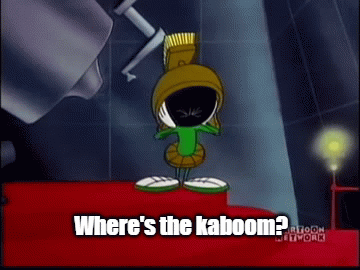Hoping not to start a shit show here.
I am curious where you guys shooting the big boomers stop when it comes to pressure? Flat primers, Ejector mark, case head expansion, ejector swipe, heavy bolt lift.
What is your method for determining where the limit is.
Almost always in this sub peoples pictures of case head show primers flattened completely and typically ejector spot.
I'm doing load workup on a Wildcat and the ejector spot showed up sooner than expected, they are so faint I honestly wouldn't have noticed them except for the sun was straight at my back. That being said the case was definitely not completely formed to the chamber, I had only fired one mild FF load to blow out the taper and move shoulder ahead, then did a pressure ladder test. Primers look reasonable but I wanna knock them out so I can get a better look at them. bolt opened easily every time and fired brass still chambers easily. Tonight I'm going to strip my bolt so I can do a bolt handle drop test on fired brass. Case web don't seem to have expanded at all but I only had shitty calipers on hand, I'll have to wait until I get home to find out for sure.
I know it's more important how consistent it shoots I haven't gotten to group testing yet, hopefully next week.
I am curious where you guys shooting the big boomers stop when it comes to pressure? Flat primers, Ejector mark, case head expansion, ejector swipe, heavy bolt lift.
What is your method for determining where the limit is.
Almost always in this sub peoples pictures of case head show primers flattened completely and typically ejector spot.
I'm doing load workup on a Wildcat and the ejector spot showed up sooner than expected, they are so faint I honestly wouldn't have noticed them except for the sun was straight at my back. That being said the case was definitely not completely formed to the chamber, I had only fired one mild FF load to blow out the taper and move shoulder ahead, then did a pressure ladder test. Primers look reasonable but I wanna knock them out so I can get a better look at them. bolt opened easily every time and fired brass still chambers easily. Tonight I'm going to strip my bolt so I can do a bolt handle drop test on fired brass. Case web don't seem to have expanded at all but I only had shitty calipers on hand, I'll have to wait until I get home to find out for sure.
I know it's more important how consistent it shoots I haven't gotten to group testing yet, hopefully next week.


